1. Bitcoin Whale Sales


2. Correlation of Bitcoin to Gold Zero=0%
Chart 1 shows the correlations between Bitcoin and various asset classes using monthly returns over the past five years. The speculative nature of many markets over the past several years has caused asset correlations to rise, thus limiting the number of potentially diversifying asset classes.
However, the correlation to gold is 0%, which suggests there is virtually no relationship whatsoever between “digital gold” and actual gold. Uncorrelated assets, like gold is to Bitcoin, are typically good diversifying assets.
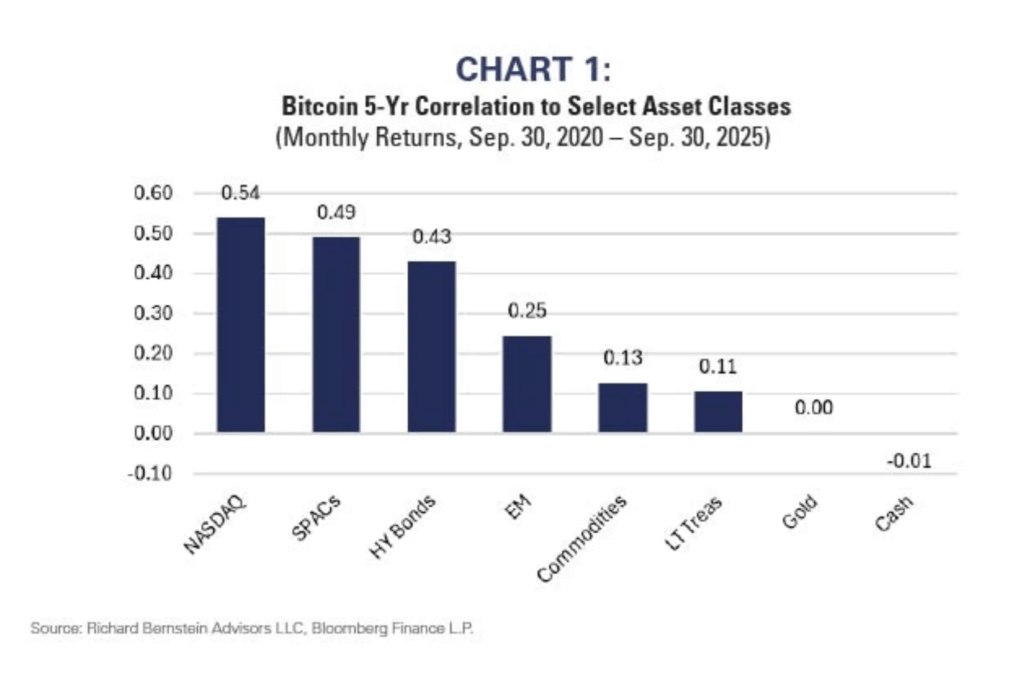
Advisor Perspectives
3. Bitcoin Decouples From Nasdaq
Risk Rattles: I keep coming back to this chart as barometer of speculative risk appetite and liquidity (+potential early-warning indicator). To that end, with bitcoin rolling over and tech topping out, it’s not a good sign.

Topdown Charts
4. S&P Breadth at Lows
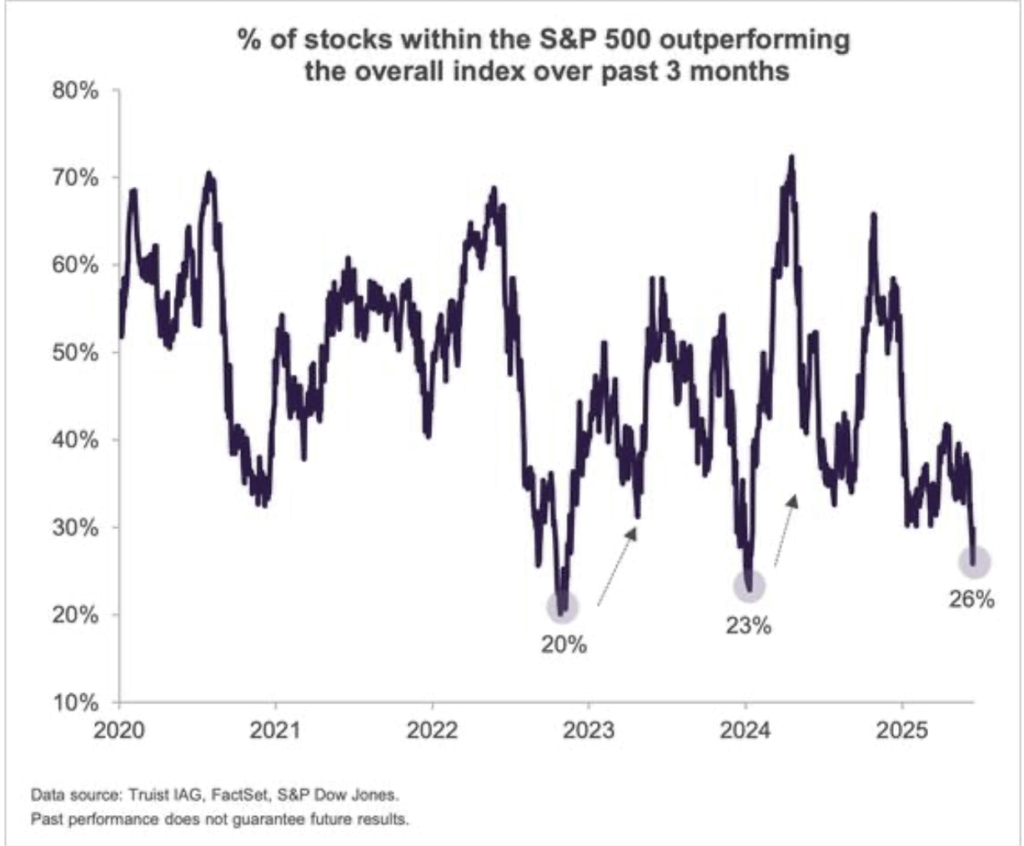
Zerohedge
5. 72% of Server Farms in 1% of Counties
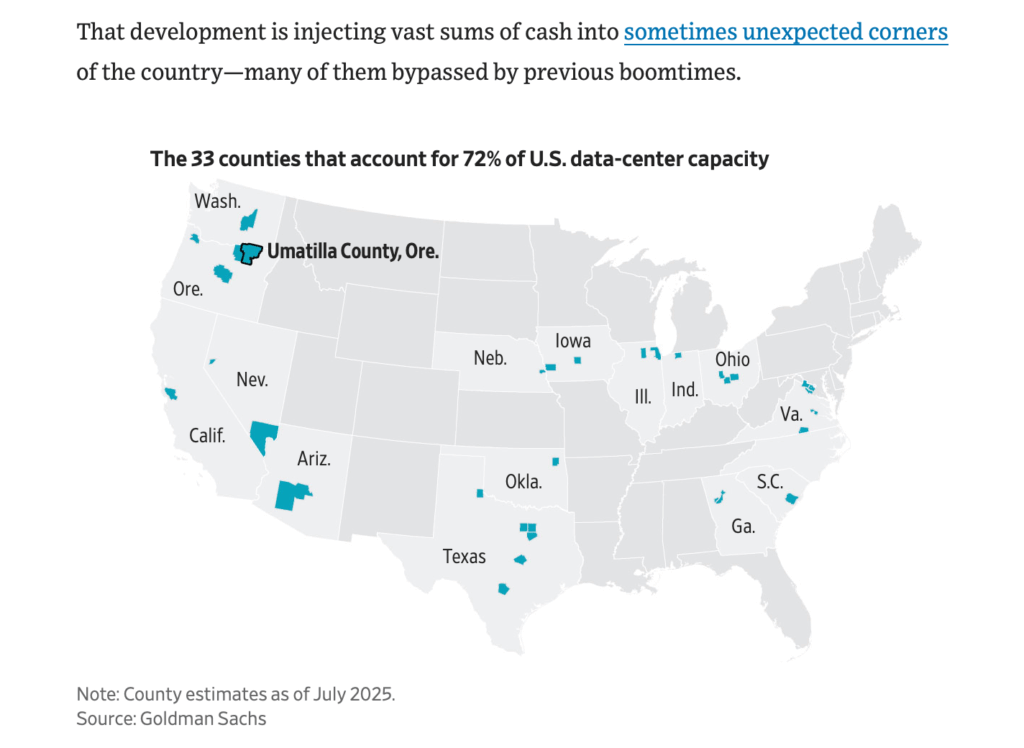
WSJ
6. Argentina ETF ARGT Hit All Time Highs

7. Today, Airbnb generates nearly as much revenue as the 3 largest US hotel chains (Marriott, Hilton, & Hyatt) combined!
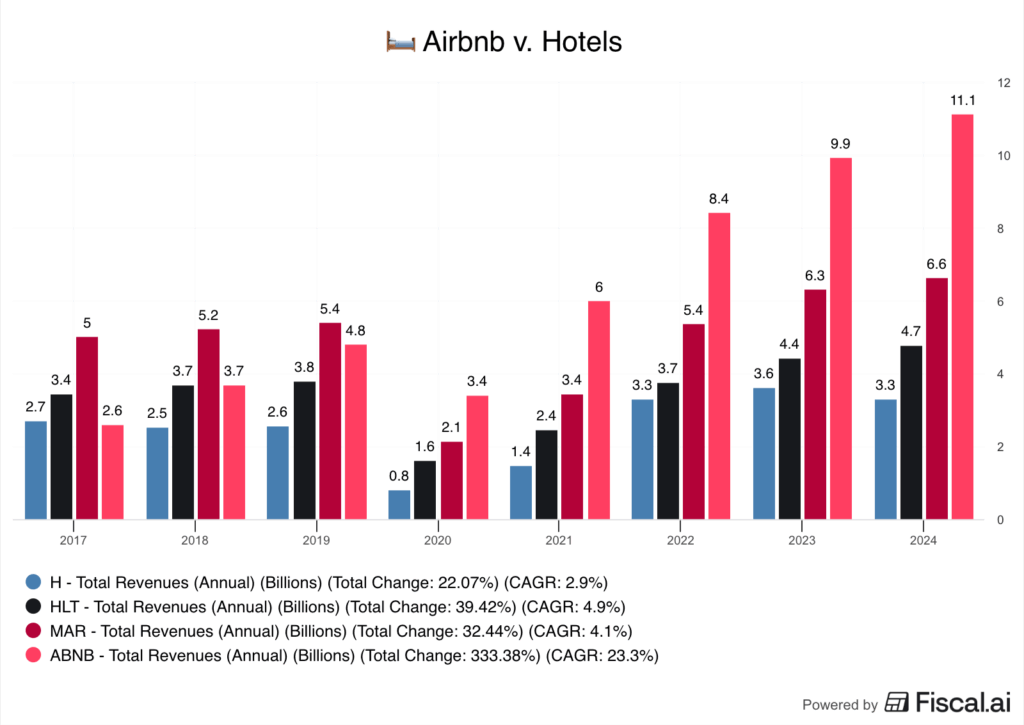
Facial AI
8. Only Fans $7.2B in Revenue 46 Employees
Prof G Blog Loneliness is lucrative. Leonid Radvinsky, the secretive owner of OnlyFans, received a $700 million windfall last year, while the platform’s top tier of content creators — mostly women — earn millions annually. With $7.2 billion in annual gross revenue and just 46 employees, OnlyFans may be one of the most profitable companies on the planet. The site is viewed as a porn-centric hub where men pay women for sexual content. The company claims it’s giving creators and their 378 million fans (greater than the population of the U.S.) something mor: an opportunity to forge “authentic connections.”
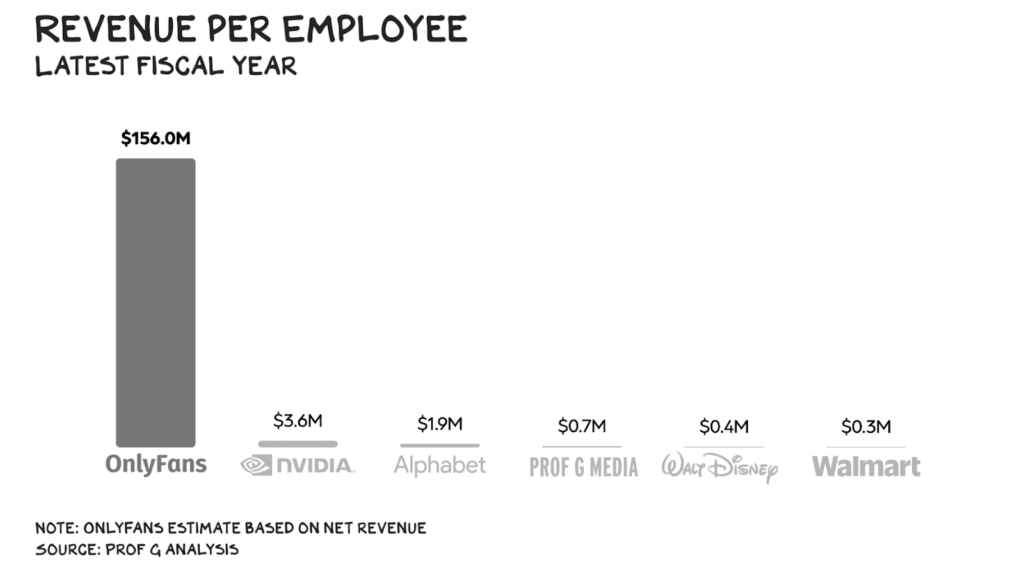
Some crazy stats:
- The top 0.1% of creators capture 76% of revenue and earn an average of $146,881 per month. The average creator earns just $150 to $180 per month.
- Private messages drive about 70% of revenue vs. only 4% from actual subscriptions. Seventy-one percent of users are male, but 84% of creators are female. About 0.01% of subscribers are “whales,” who generate more than 20% of all revenue.
- Eighty-five percent of users access the site via mobile.
9. From breadwinners to bystanders: The death spiral of the American working man
by John Mac Ghlionn, opinion contributor – 09/30/25 7:30 AM ET
Something strange is happening in America’s job market. For the first time in living memory, young men with college degrees are struggling to find work, while women with the same qualifications are thriving. What once seemed fixed — the old order of men filling the top jobs and women fighting for entry — has been flipped. And the consequences could be severe.
The numbers paint a disturbing picture. Men with college degrees are now more likely to be out of work than women with the same education. To compound matters, men’s pay has barely budged since 1979, whereas women’s earnings keep climbing. More worrying still, a growing number of men are no longer looking for work at all. They have simply checked out.
This isn’t the ebb and flow of a normal cycle. In truth, it looks like a structural shift.
The industries that once absorbed educated men — technology, finance, law, consulting — are no longer safe havens. Tech firms are cutting staff. Startups are sputtering. Artificial intelligence is eliminating entry-level jobs faster than new ones appear. White-collar ladders that once led to stability are now missing rungs or disappearing altogether.
The opposite is happening in sectors long seen as female domains. Health care, education and social services are adding jobs at breakneck pace as the population ages. America needs more nurses, teachers, and caregivers every year. These are professions with real future demand. Yet men remain mostly absent. They linger at the margins, clinging to shrinking fields while growth passes them by.
This matters far beyond the job boards. When young men cannot find meaningful work, the effects ripple outward. Families weaken. Communities fracture. Depression, drug abuse and social withdrawal rise. Marriage rates drop because men cannot offer the stability once expected of them. Birth rates sink as couples delay children under financial strain — a slow suffocation of society itself.
The economy, too, suffers. If half the workforce fails to adapt to where jobs exist, the mismatch will create permanent dysfunction. Some industries will be desperate for workers, while others sit crowded with idle men. Growth will sputter. Productivity will sag. A two-speed society will emerge: women advancing into the expanding professions of care and communication, men languishing in declining sectors or falling out of the labor force altogether.
The road ahead looks grim unless something changes. The future will be built on jobs that demand patience, empathy and steady communication. Teaching, nursing, counseling and care work form the backbone of any strong society. They keep communities together, help the sick recover and guide children into adulthood. They carry respect, decent pay and growing demand. Yet men hold back.
Pride and habit stand in the way. Nursing carries a feminine label. I’ll admit it myself — when I hear the word “nurse,” my mind still drifts to a woman in scrubs. The teaching of small children is dismissed as women’s work.
That instinct feels natural, but it is a learned reflex. It blinds men to jobs that could offer real stability and meaning. And it can’t go on. The shortages grow deeper, the gaps wider and the cost heavier.
This requires a radical rethink. No lectures, no guilt trips — just a cultural reset. Men should feel pride in classrooms and hospital wards — the same pride they feel on construction sites or in boardrooms. These jobs build the future as surely as bridges or businesses. Without men stepping forward, the nation grows weaker, poorer and more unprepared.
The stakes are enormous. If men cannot find their footing in the economy of tomorrow, America will face not only labor shortages but a fracture along gender lines. The divide will not be between rich and poor alone, or Black and white, but between men and women. Women, by instinct and tradition, tend to marry up — to seek partners with stability and status. But what happens when millions of men cannot offer either?
The country is already seeing the rise of sexless young men, drifting without purpose, cut off from work, family and the prospect of building a future. Whole swaths of men risk becoming spectators to prosperity. And history leaves little comfort here: when large groups of disaffected men gather at the margins, frustration festers into something darker — resentment, rage and revolt.
America has a choice. It must recognize this great gender flip for what it is — a slow-motion crisis — and act while there is still time. That means breaking down the cultural barriers that keep men from entering growing fields. It means raising wages and status in the professions that need workers most. It means preparing boys from an early age for a world where communication and care matter as much as coding and capital. That does not mean treating boys like girls, but equipping them with the full range of skills needed to lead families and hold their own in tomorrow’s economy.
Or we could do nothing. We could pretend the market will sort itself out, that men will adapt on their own, that things will somehow balance. But inaction carries a heavy price. If men continue to fall behind, the consequences will reach every corner of society. The crisis will not stay confined to the job market. It will spread to the school, to the streets, to the very spirit of the nation.
John Mac Ghlionn is a writer and researcher who explores culture, society and the impact of technology on daily life. https://thehill.com/opinion/finance/5528062-gender-flip-job-crisis/
10. Interview with Steve Wozniak from FS Blog
The Knowledge Project
Steve Wozniak is the engineer who built Apple.
He gave millions of his own money to early employees, stepped away from power, and refused to play by the rules everyone else was following.
Woz’s philosophy of open architecture, the very one a young Steve Jobs fought against, is what saved Apple long enough for it to become Apple.
This is the story of the reluctant co-founder who won by refusing to compromise, and a blueprint for success without selling your soul.
Here are 10 of the maxims I took away from this episode and my research:
1. Committees kill revolutions.
2. Learning is the prize.
3. Hold your ideas with the right grip. Let go of incorrect ideas.
4. If it’s worth doing, it’s worth giving it 100%.
5. Obsession isn’t a problem. It’s an advantage.
6. Time will do the work for you if you align with how the world works.
7. Move with urgency. You can do it much faster than you think.
8. Obsess over customers.
9. You win in the dark, when everyone else is partying or sleeping.
10. “Simplicity is the ultimate sophistication.”